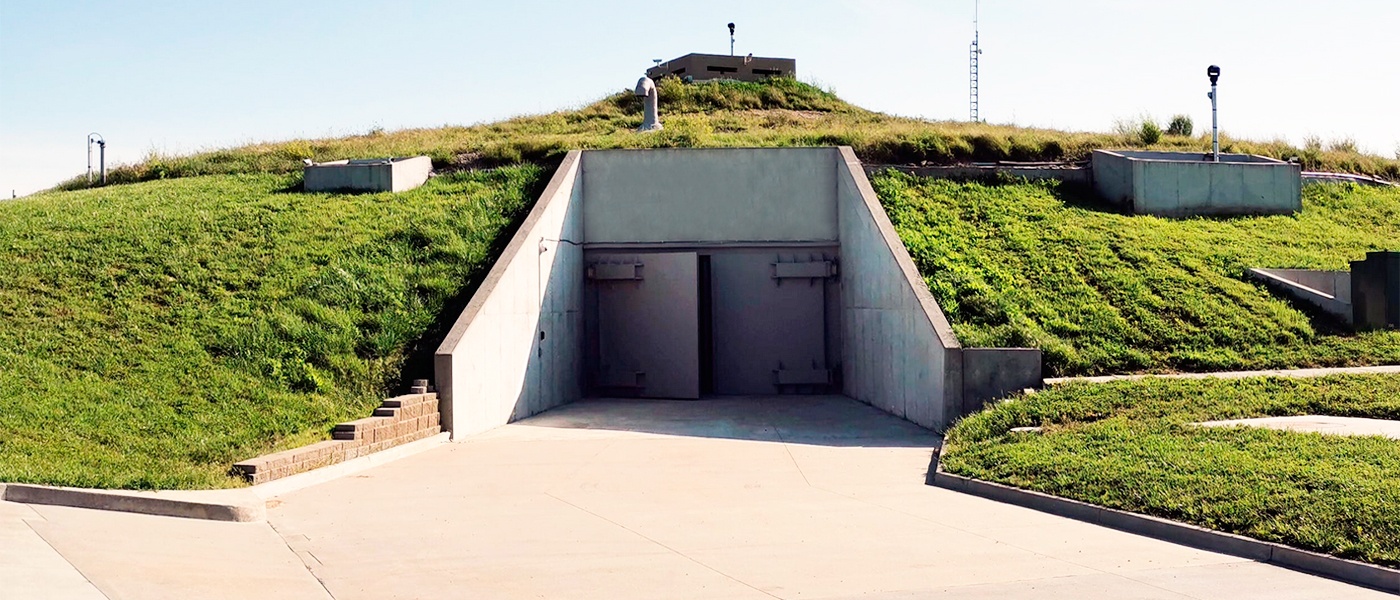Bomb shelter construction
Since the main goal of building bomb shelters is to save people, it is very important to remember and take into account even at the design stage that the speed at which evacuation should occur should not exceed fifteen minutes, regardless of the type.

During the design of a bomb shelter, regulations are taken into account, including its class, capacity, index, and type (kPa). Based on the class, a set of devices is selected and engineering systems are installed. Accordingly, in compliance with the standards, the following parameters are calculated: the strength and reinforcement of walls and ceilings, the reliability of doors, and the effectiveness of water and air filtration systems.
If a bunker can provide autonomous shelter and support human habitation for 3–4 days, it is considered reliable.
Since the entrances and exits of shelters are the most vulnerable areas, we recommend giving them the highest priority.
The design standards for small (up to 600 people), medium (up to 2,000 people) and large (more than 2,000 people) shelters are calculated based on the need for protection. This can be a shock or light wave, radioactive radiation, high temperature, contaminated air, gases, the use of bacteriological weapons, etc.
By calculating the duration of human stay in a shelter intended for long-term use, it is essential to equip the bunker with an adequate supply of water and food, install a toilet and sewage system, and provide power supply, radio and telephone communication, and ventilation systems. Additionally, provisions must be made for air humidification and maintaining a temperature suitable for human habitation.
It is important to remember that per person in the shelter, there should be at least three liters of drinking water and five liters of technical water per day. Bathrooms are equipped with partitions.
By designing shelter ventilation, it is important to remember that two types of cleaning are necessary: cleaning from dust and suspensions, and cleaning from harmful substances with impurities.
However, there is a third type of ventilation – isolation and air regeneration in the bunker. This principle is used on submarines, and in shelters it is useful when they are located near oil refineries.
The heating system can be autonomous (if it is autonomous shelter) or the possibility of supplying heat from the main building is used.
